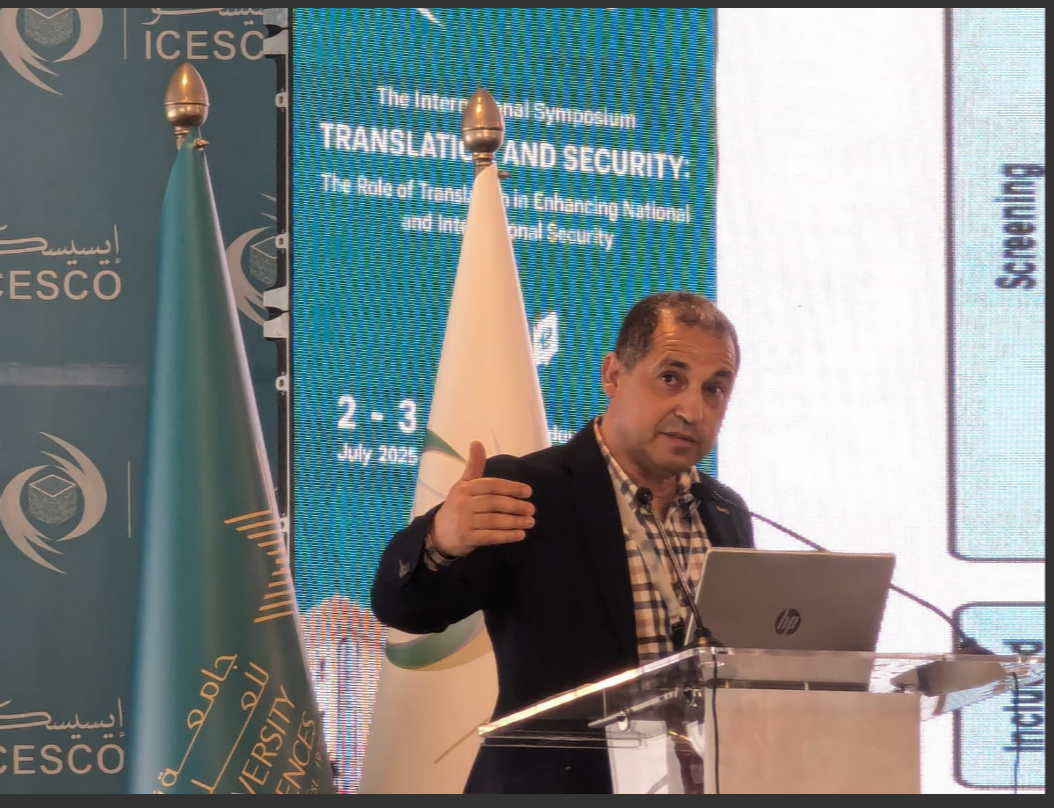My journey into the universe of education studies and technologies since 2011 allowed me to identify and scrutinize many curriculum practices along the way. Having an interdisciplinary profile integrating translations and interpreting studies on one side and educational sciences on the other, I encountered in the various English and translation departments I worked in the Arab context many problematic situations between colleagues over curriculum and didactic issues related to either translation, interpreting, literature or language teaching. Before, 2012, I had no such critical and polished view about such practices. Yet, in the last two and three years, I began to understand that the claims raised in research and scientific literature in the field of translator education, translator training and translation / interpreting programs made or, rather, make sense= at least to me. A valid and sound one I must say.
Of course, every department, college and university has its own inherited practices. No doubt. Yet, for international and national quality assurance and bench-marking purposes, there is an urgent need to develop and, in many cases, transform such cultures to achieve objectives or desired outcomes by national frameworks. The university is no more an independent ivory tower. It has a social and economic responsibility as well. Under this perceptive, translation and interpreting programs, and others in the humanities or social sciences, have to deliver these socioeconomic outcomes, They are no exception.
My conclusions, so far, are that the extreme majority of programs( I may say all of them to some extent) still practice the academic and theoretical model of curriculum theory. A typical curriculum practice that prioritizes content/courses over competencies ( knowledge, skills and behaviors/values). Such types of curriculum philosophies do focus on the types of courses to delete or add or merge with no reference to the involved knowledge/skills/behaviors that need to be accomplished at the end of the program by students to ease their insertion in the work place and society alike. The later mode of curriculum design and development needs knowledge and expertise in instructional design ( or what is called in some countries : ' Ingenerie pedagogique' / literally means pedagogical engineering). It is not a conventional way to do curriculum as you can see. Yet, national ( and international) frameworks and orientations are heavily urging universities or any higher educational context to deliver a more practical and market oriented ( in degrees) types of curriculum. These types of practices rely on the information collected from various stakeholders prior to aligning and modelling it inside a university context. Doing so at an early stage of change management in a university context may create chaotic results at various levels of the institution, mainly faculty level, unless there is a bottom up decision ( rather top down) and political willingness to support the change gradually. This might be difficult where the status quo at faculty level has never been challenged or made to rethink their practices due to changes in higher education, internationalization, globalization and market needs for employability profiles.
The practical curriculum practices ( competence based) start their design phase on collecting data on specifically designed themes related to employability and sustainable abilities of students.These elements, however, are not considerably taken into perspective while operating within a theory or academic types of curriculum whereby faculty take prime role of deciding which 'courses' or ' contents ' rather than ' competencies' as a baseline for the design and development of curriculum. That is the fundamental disagreement point in many a departments that seek rethinking and re-conceptualizing their programs after being reviewed.

